The Fiery Annapolis Tea Party in 1774 Helped Spark the American Revolution
In October 1774, tensions over British taxes boiled over in Annapolis, Maryland. When local merchant Anthony Stewart paid the controversial tea tax to unload his ship, The Peggy Stewart, angry colonists demanded retribution. What followed became known as the Annapolis Tea Party—a fiery act of protest that mirrored Boston’s defiance and helped spark the American Revolution.
Episodes
-

When the President Commuted to the Oval Office from Alexandria, VA
S1 E23 - 3m 6s
After Richard Nixon resigned during the Watergate scandal, Gerald Ford found himself in uncharted territory. When Ford took the oath of office on August 9, 1974, the White House was not yet ready for him. So, for the first 10 days of his Presidency, Ford commuted to the Oval Office and his suburban neighborhood home in Alexandria, Virginia became the unlikely epicenter of American politics.
-

Fired for Being Gay, Frank Kameny Ran for Congress
S1 E22 - 4m 34s
When Frank Kameny was fired from his job with Army Map Service in 1957 because he was accused of being homosexual, he could've gone quietly. Instead, he fought back, founding LGTBQ rights organizations and launching a longshot campaign for Congress in 1971.
-

Did the Hope Diamond Curse a Washington, D.C. Family?
S1 E21 - 4m 43s
According to legend, the Hope Diamond has a centuries-old curse and brings disaster to everyone who possesses it. But that didn't deter Washington, D.C. socialites Evalyn Walsh McLean and her husband Ned. After they bought the diamond from the Cartier Jewelry Company in 1911, Evalyn proclaimed, "Bad luck objects, for me, are lucky." For the next 36 years, fate would test that theory.
-

The D.C. Nine: The Catholics Who Became Convicts to Stop the Vietnam War
S1 E20 - 6m 18s
On March 22, 1969, a group made up mostly of Catholic priests, nuns and seminarians broke into the Washington office of Dow Chemical Company, a company then synonymous with the production of napalm. What the activists did next — and the criminal trial that followed — created a firestorm of controversy, raising questions about the Church, the war effort, and the limits of non-violent protest.
-

A “One Man Crime Wave” Came to a Stunning End in 1980... It's Impacts Remain
S1 E19 - 3m 34s
On December 5, 1980, renowned Washington, D.C. cardiologist Dr. Michael Halberstam was shot during a burglary at his home. Bleeding heavily, the doctor jumped in his car and ran over his assailant while driving himself to Sibley Hospital, where he died. The odd chain of events was just the tip of the iceberg in one of the strangest true crime stories in D.C. history.
-

Marion Barry and the Bus Boycott That Launched His Career in D.C.
S1 E18 - 3m 6s
Marion Barry wasn’t always Washington, D.C.’s “Mayor For Life.” When he arrived in Washington in 1965, he was a chemistry teacher-turned-civil rights activist with SNCC, the Student Nonviolent Coordinating Committee. Less than a year later, he was leading a bus boycott that challenged inequities in transportation — and kick-started a political career which would last decades.
-

A Black Arlington Neighborhood was Destroyed to Build the Pentagon
S1 E17 - 3m 49s
In 1941, the U.S. was preparing for World War II. Residents of Queen City, a tight-knit Black neighborhood in Arlington, watched in awe as nearly 15,000 workers erected the Pentagon on a plot of federally-owned land next to their community. Some had enlisted, while others worked for the federal government. But then the government came for their shops, their churches and even their homes.
-

100 Years Ago, a D.C. Physician Launched the First Anthrax Attack on the U.S. from His Basement
S1 E16 - 2m 42s
Uncover the shocking story of Dr. Anton Dilger, a D.C. physician who secretly waged germ warfare on American soil during World War I. From his home in Chevy Chase, Dr. Dilger cultivated deadly bacteria and passed vials of germs to German operatives who used them to poison horses and mules bound for battlefields in Europe. It was the first instance of modern biological warfare.
-
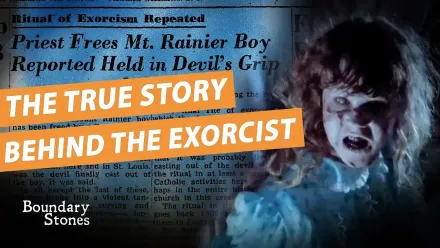
“The Exorcist” was Based on an Actual Maryland Exorcism. Here’s what REALLY Happened
S1 E15 - 2m 46s
Did you know that “The Exorcist,” one of the most famous horror movies of all time, was based on a real DC-area exorcism? The 1949 exorcism allegedly took place in PG, Maryland, and inspired “The Exorcist” author and producer William Peter Blatty while he was a student at Georgetown University. But some of the details in this famous case of demonic possession don't add up.
-
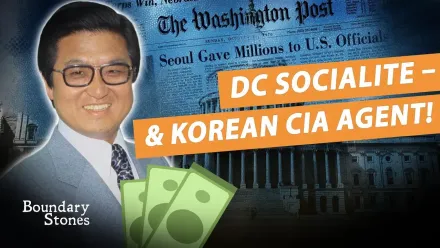
Koreagate: Tongsun Park’s Cash Bribes and Congressional Corruption
S1 E14 - 4m 42s
Tongsun Park operated one of the most exclusive Washington social clubs of the 1960s and 70s, rubbing shoulders with generals, members of Congress, even US presidents. All the while, he was on the payroll of a Korean spy agency, giving millions of dollars in gifts to elected officials. Park was charged with multiple felonies, the House opened up a massive investigation and then... nothing.
-

A Sting Operation Used the “Mafia” to Fight Crime in D.C. Did it Work?
S1 E13 - 4m 15s
In 1976 D.C. police dressed as caricatures of Italian mafisosos and bought millions in stolen goods from local thieves. They called it "Operation Sting," and soon police across the country were launching "sting operations" of their own. But not everyone was so enamored with the tactic, especially the communities it was being used to target.
-

Thomas Jefferson’s 1235-Pound Religious Freedom Cheese
S1 E12 - 2m 25s
If you lived in Washington, DC on New Years Day of 1802, you may have noticed a giant wheel of cheese arriving at the White House — a gift to President Thomas Jefferson from a Massachusetts church. But this enormous cheese hadn't traveled hundreds of miles for purely celebratory reasons; no, this cheese had a message about religious freedom in the United States.
PBS PASSPORT
Stream tens of thousands of hours of your PBS and local favorites with WETA+ and PBS Passport whenever and wherever you want. Catch up on a single episode or binge-watch full seasons before they air on TV.
Similar Shows
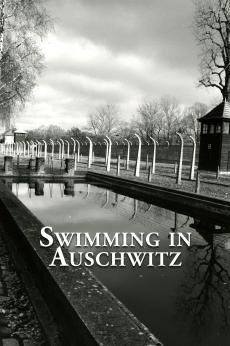
Swimming in Auschwitz
History
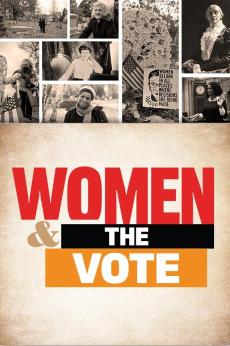
Women and the Vote
History

Shakespeare's Tomb
History

The American Buffalo
History

Story of China
History

The Jewish Journey: America
History

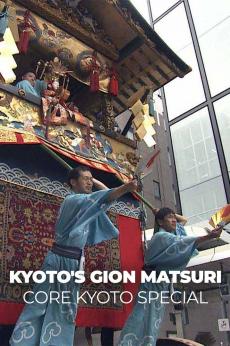
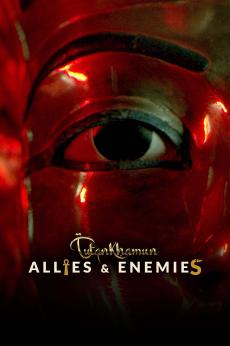
Tutankhamun: Allies & Enemies
History

How the Monuments Came Down
History